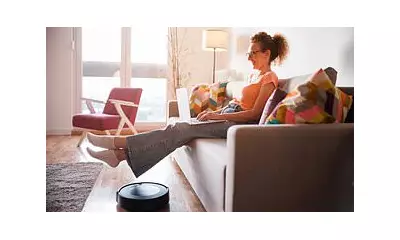
In a startling incident that has shaken the Eternal City, a significant portion of the medieval Torre dei Conti collapsed onto a busy Roman street, sending rubble cascading near one of the world's most famous archaeological sites.
The dramatic collapse occurred mere metres from the iconic Colosseum, with chunks of the ancient structure breaking away and tumbling to the ground below. Emergency services rushed to the scene, immediately cordoning off the affected area to protect pedestrians and motorists from potential further falls.
Historical Significance Under Threat
The Torre dei Conti stands as one of Rome's most important medieval towers, with construction dating back to the 13th century. Originally commissioned by Pope Innocent III, the structure has weathered nearly 800 years of Roman history, surviving earthquakes, wars, and the passage of time until today's partial collapse.
"This isn't just any building - it's a piece of living history," explained a local archaeologist who asked to remain anonymous. "The Torre dei Conti represents a crucial link between ancient Rome and the medieval period that followed."
Emergency Response and Safety Measures
Roman firefighters and civil protection teams worked swiftly to secure the perimeter, establishing safety barriers around the compromised structure. Preliminary assessments suggest that recent heavy rainfall may have contributed to the deterioration that led to the collapse.
Local authorities have closed several surrounding streets as a precautionary measure while structural engineers conduct urgent evaluations. "Our priority is public safety," stated a fire brigade spokesperson. "We're assessing the stability of the remaining structure to determine if further collapses are likely."
Tourist Impact and Cultural Concerns
The incident has raised immediate concerns about the preservation of Rome's vast historical heritage. The collapse occurred in one of the city's most heavily trafficked tourist areas, though fortunately no injuries have been reported.
Cultural heritage organisations are calling for increased funding and attention to Rome's aging monuments. "This should serve as a wake-up call," said Maria Rossi, president of a local conservation group. "We cannot take our historical treasures for granted. They require constant monitoring and maintenance."
As investigations continue, Romans and visitors alike are left contemplating the fragility of even the most enduring structures in a city built on millennia of history.





